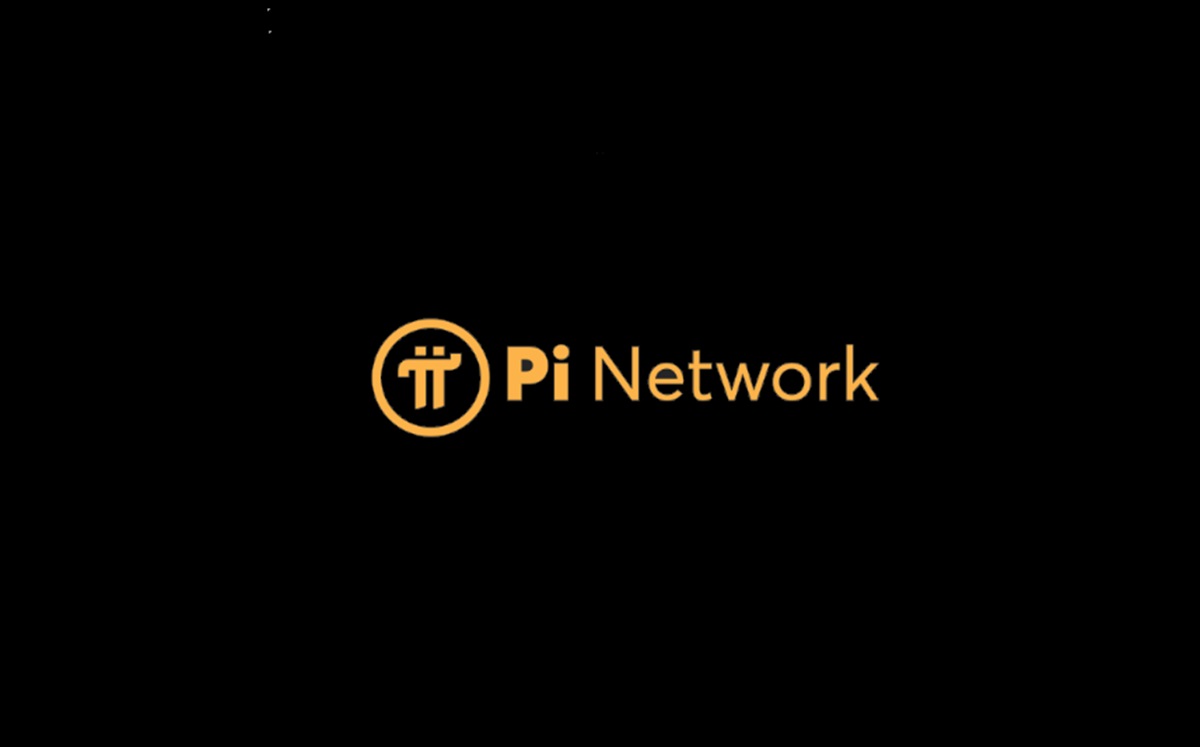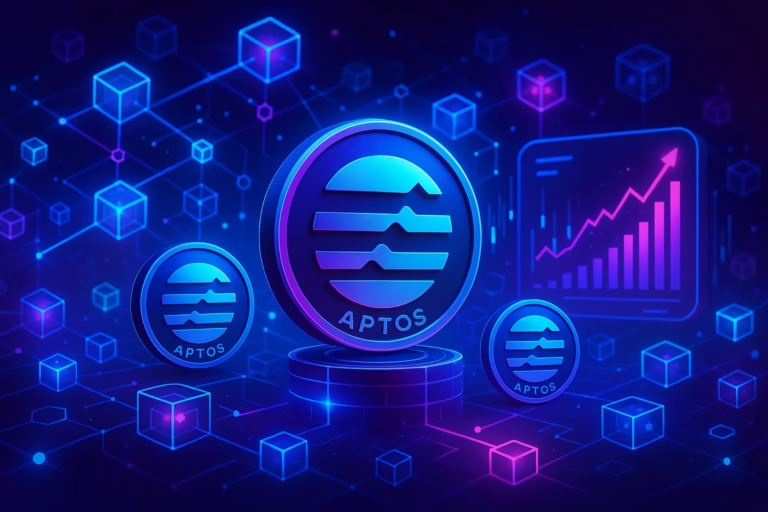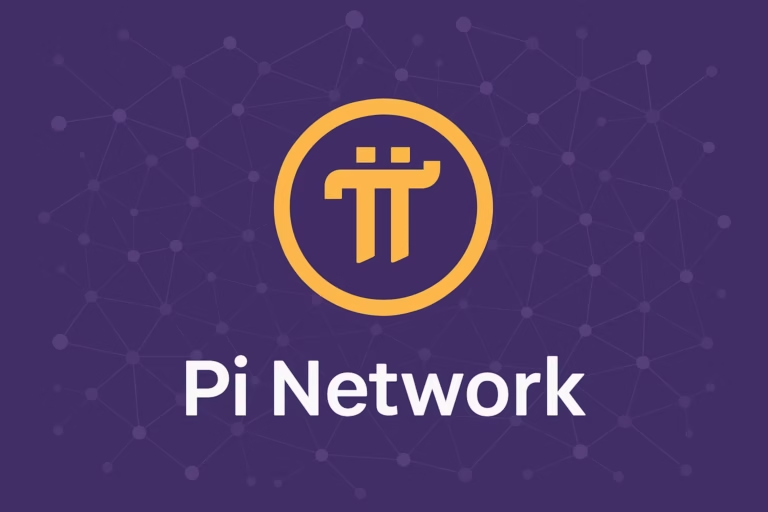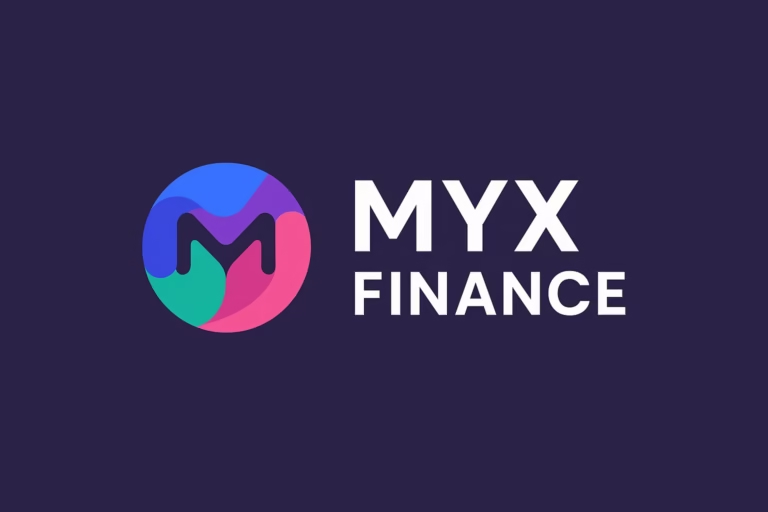
- Pi coin, launched by the Pi Network in 2019, has gained significant attention with its open mainnet launch in 2025, allowing for limited real-world transactions in grassroots markets and select local businesses.
- While still far from widespread adoption, Pi coin shows promise as a community-driven cryptocurrency with the potential for future growth if it can expand merchant acceptance and scale beyond its current ecosystem.
The Pi Network, once a viral crypto project designed to be mined via smartphones, has garnered significant attention since its 2019 launch. As Pi coin moves into 2025, with its open mainnet now live, the big question remains: Can you actually buy anything with Pi coin?
What is Pi Coin and What’s Driving Its Popularity?
Launched by a team of Stanford Ph.D.s, Pi Network’s goal was simple but ambitious: to make cryptocurrency more accessible to the masses. Unlike Bitcoin or Ethereum, which require expensive hardware to mine, Pi coin can be mined directly from a mobile phone. This accessibility quickly gained traction, and by 2023, the network boasted an impressive 47 million users.
The open mainnet launched in February 2025 was a pivotal moment, as it allowed Pi coin to be traded on several exchanges and marked its entry into the broader crypto ecosystem.
Can You Buy Anything with Pi Coin?
While Pi coin’s usability has evolved, it’s far from being a widely accepted form of payment in 2025. In grassroots markets, Pi users have successfully traded for a variety of goods, including:
- T-shirts, mugs, and phone accessories
- Freelance services, such as graphic design
- Basic electronics and gadgets
- Food and drinks in local Pi community events
These transactions typically occur within Pi’s ecosystem through apps like Pi Browser and Pi Chat, often relying on peer trust rather than formal payment systems. While it’s not yet ready to replace major payment networks, these localized exchanges show that Pi coin is gaining some real-world traction.
Limited Merchant Adoption
The adoption of Pi coin by businesses remains in its early stages. While there are no official lists of retailers that accept Pi, some local businesses in countries like Indonesia, Nigeria, and Vietnam have started to accept it for goods and services. The integration of Know Your Customer (KYC) processes aims to increase merchant trust, allowing Pi coin to become a more legitimate payment method over time.
For now, the Pi coin economy is more of a community-driven barter system than a globally recognized payment network. However, with the open mainnet now in place, the focus is shifting toward expanding merchant adoption and creating a scalable ecosystem.
The Future of Pi Coin
Despite its growing use in select circles, Pi coin is not yet ready to rival established cryptocurrencies like Bitcoin or Ethereum in terms of global commerce. However, the open mainnet launch in 2025 marks a crucial step toward making Pi a serious contender in the crypto space.
Pi coin’s potential depends largely on regulatory developments, merchant onboarding, and the ability of the community to scale the network beyond its internal ecosystem. If Pi can successfully navigate these hurdles, it could transform from a niche project into a mainstream cryptocurrency.
Final Verdict: Can You Buy Stuff with Pi Coin?
In short, yes — but with limitations. Pi coin is primarily used in small, community-driven transactions. While you won’t be able to use it for major purchases like a car just yet, it’s a promising step toward integrating crypto into everyday commerce. Whether Pi will succeed or fade into obscurity remains to be seen, but its journey is far from over.
DISCLAIMER:
The views and opinions expressed herein are solely those of the author or advertiser and do not necessarily reflect the views of the publisher. The publisher does not endorse or guarantee the accuracy of any information presented in this article. Readers are encouraged to conduct further research and consult additional sources before making any decisions based on the content provided.




